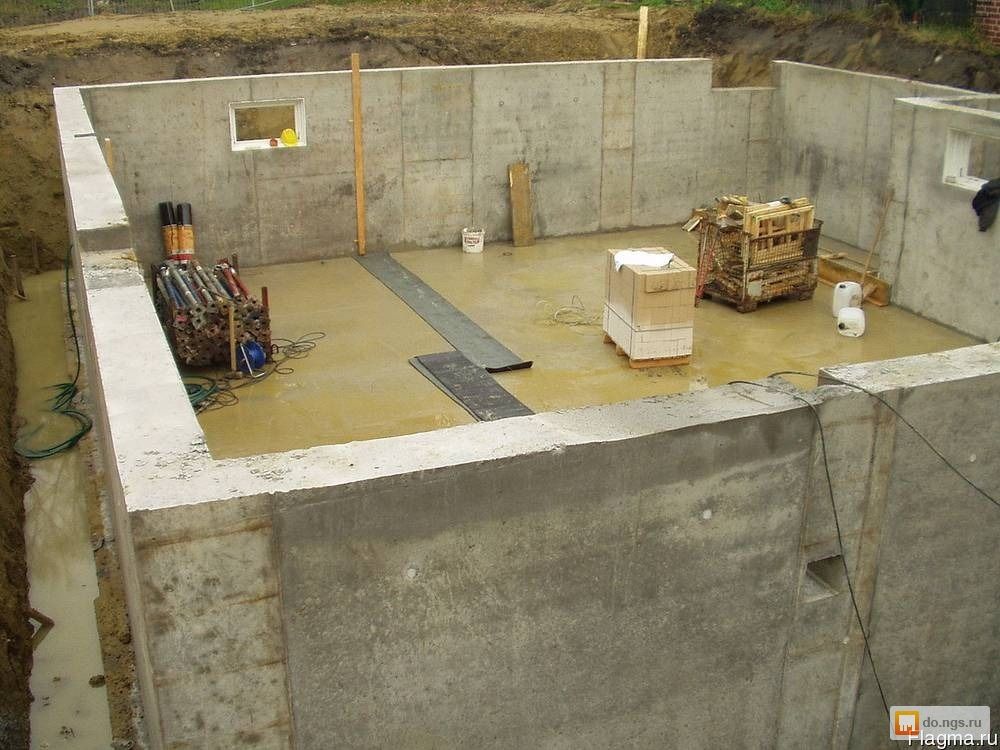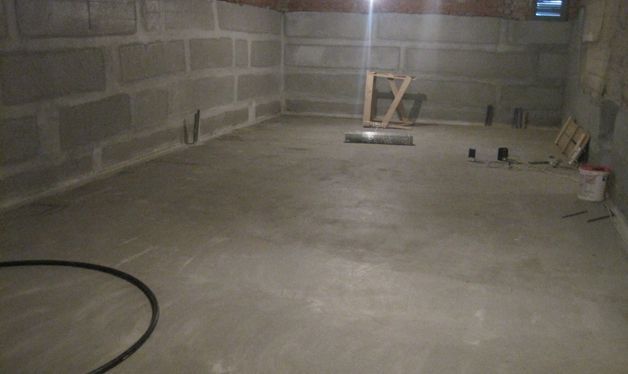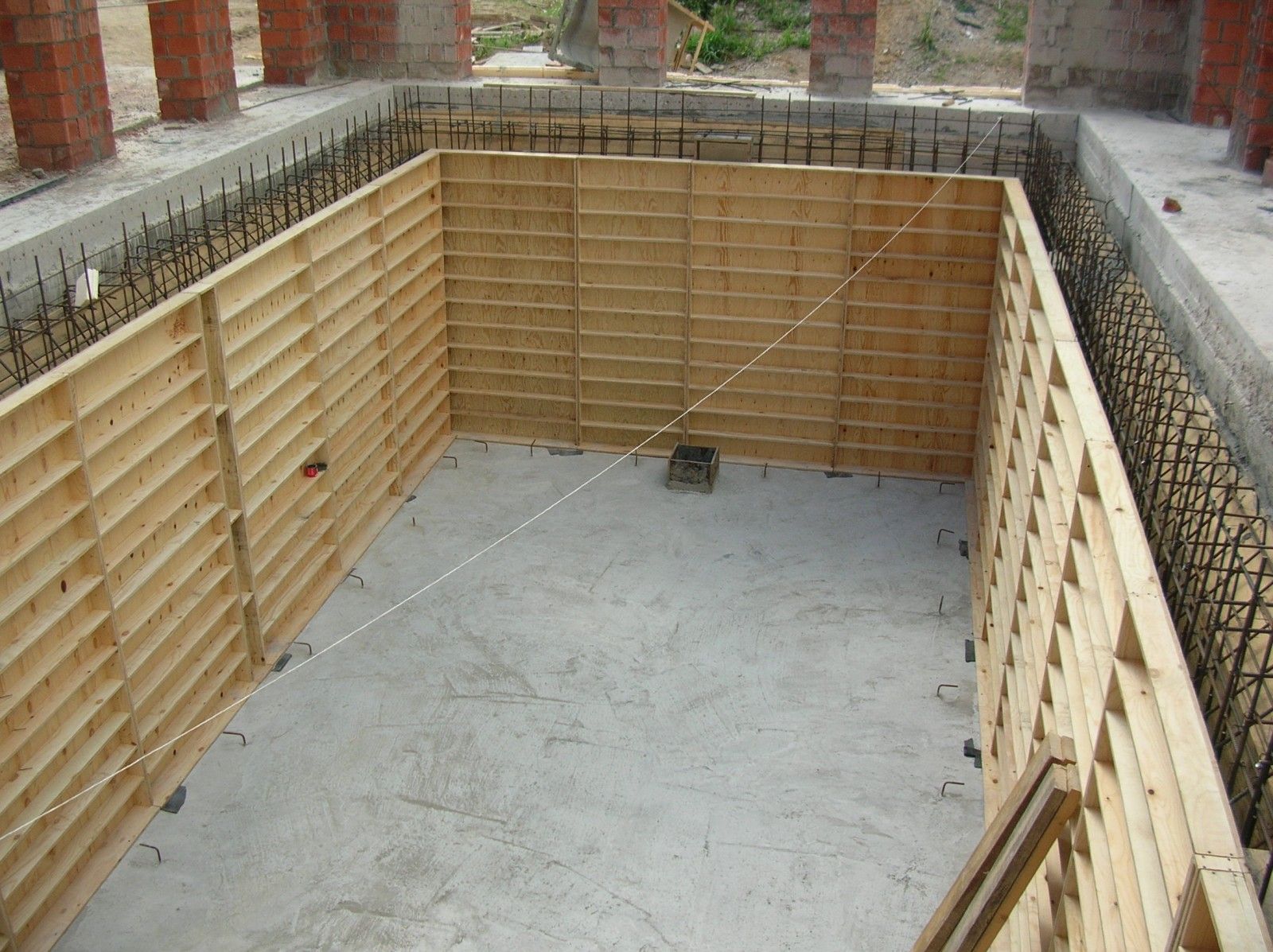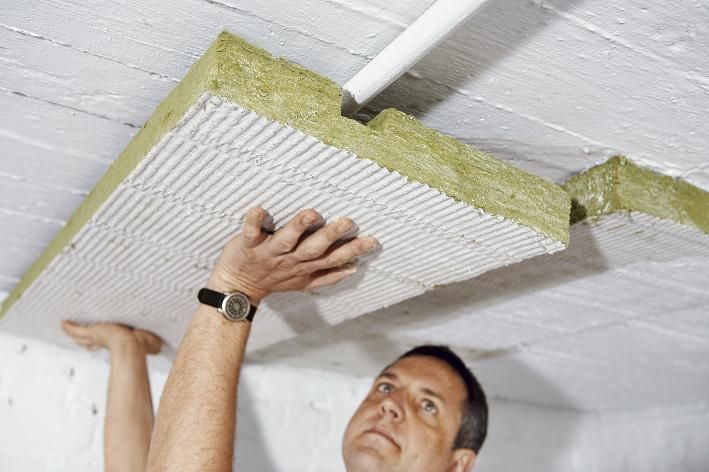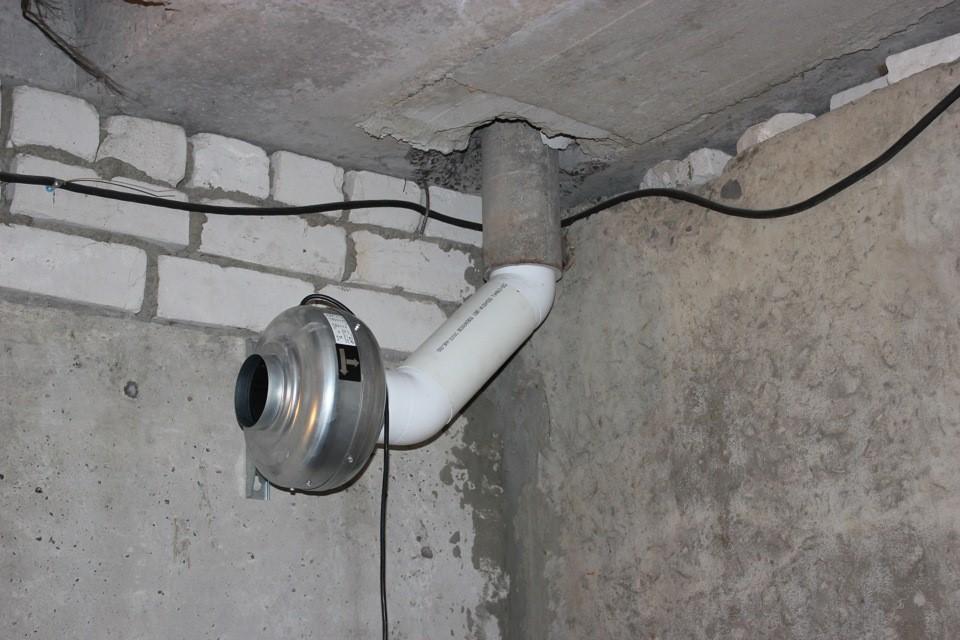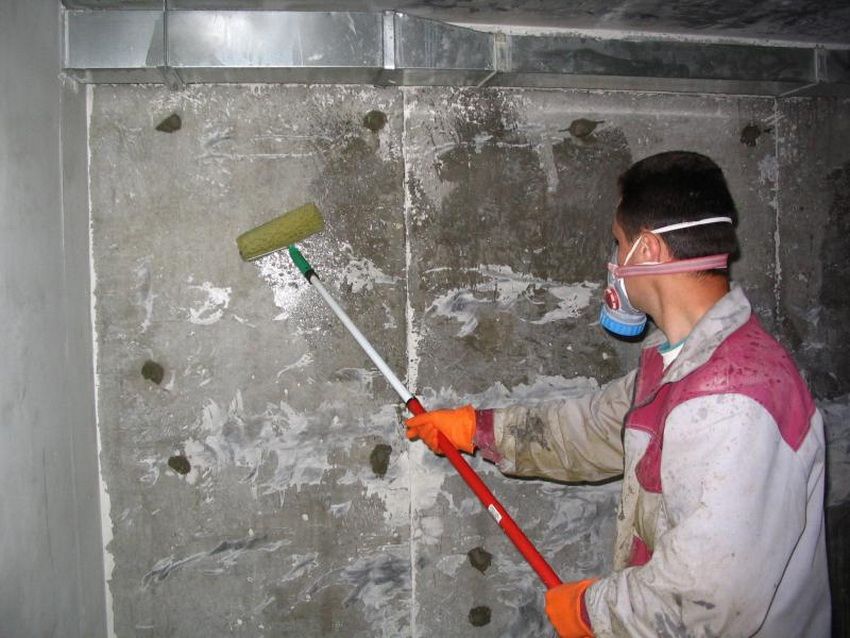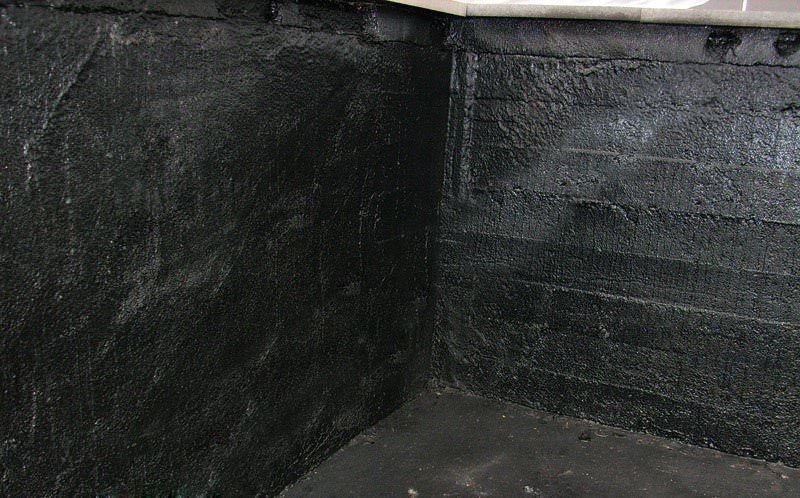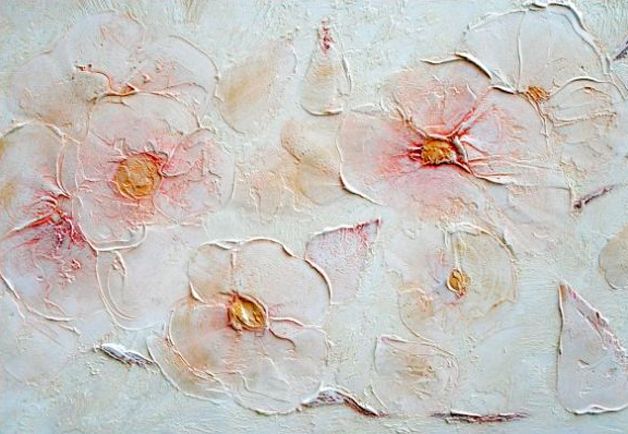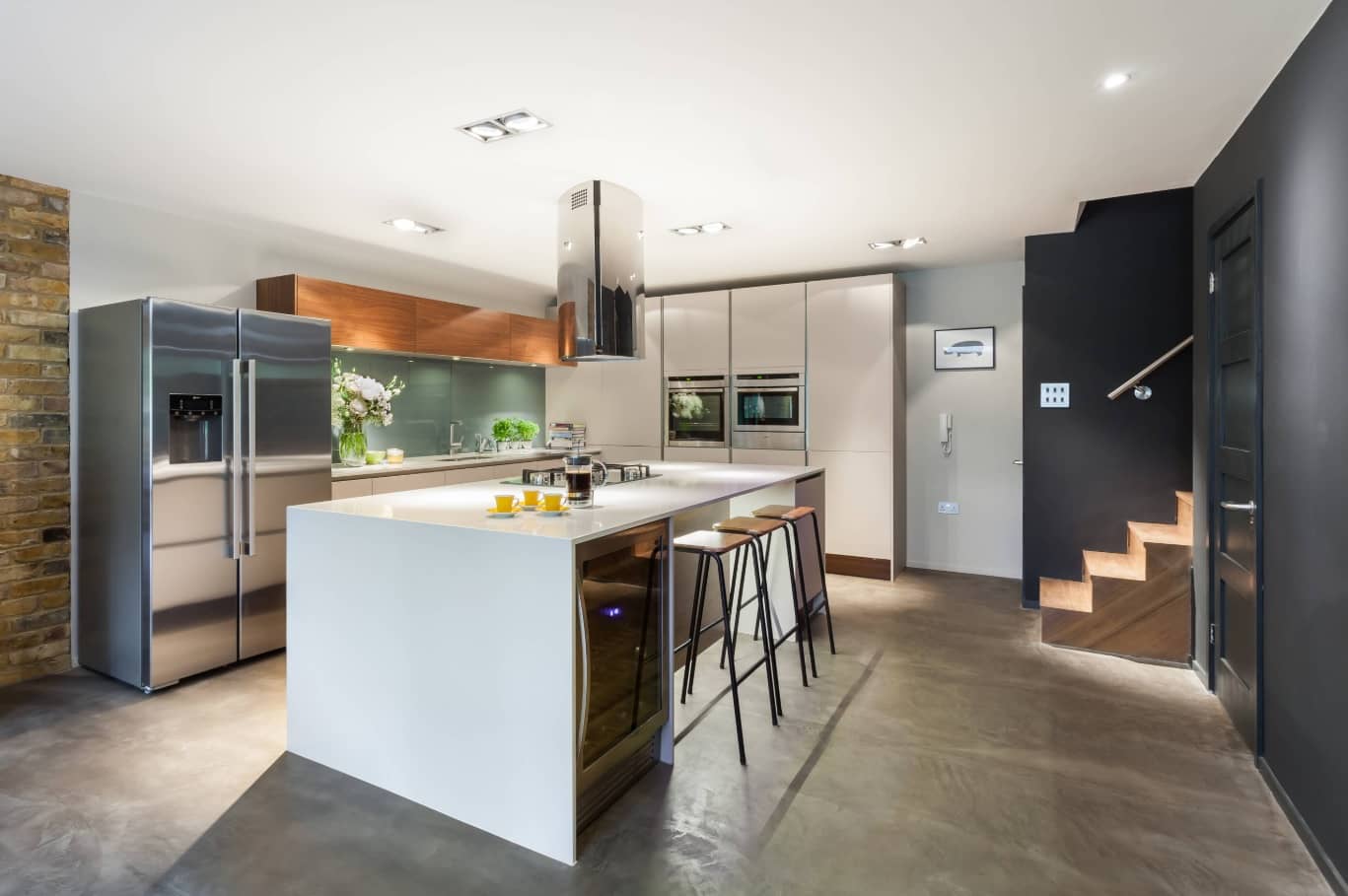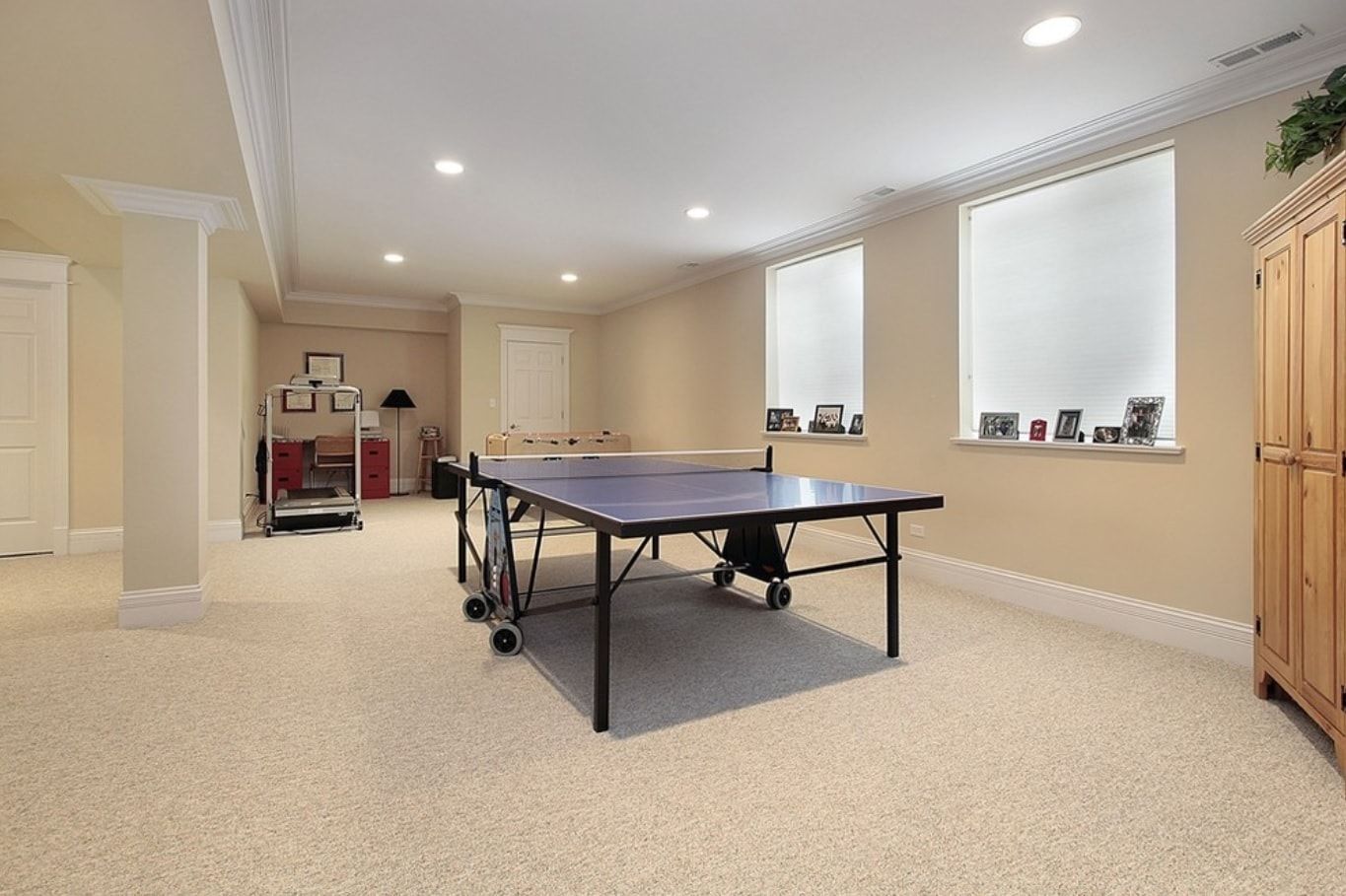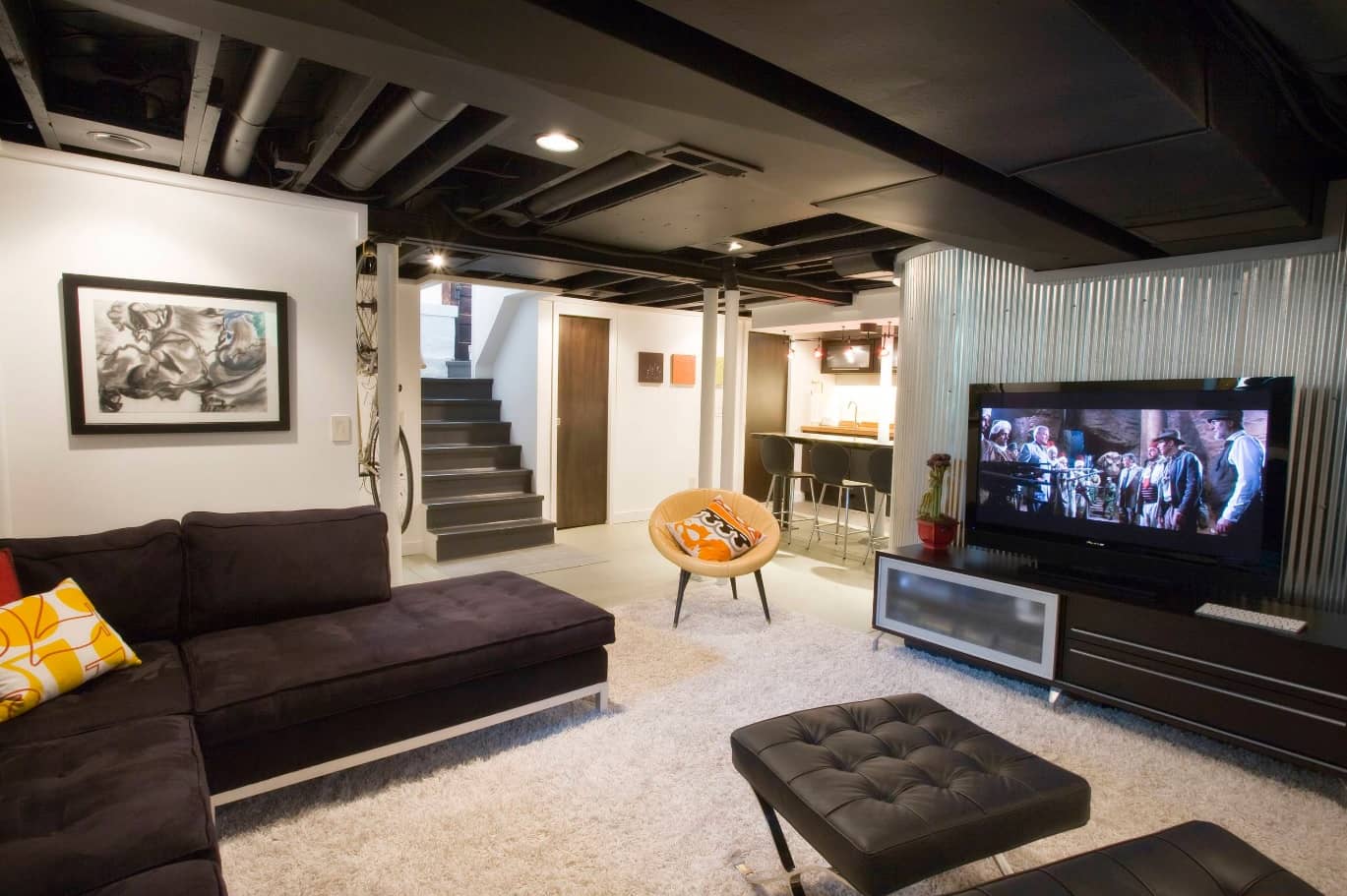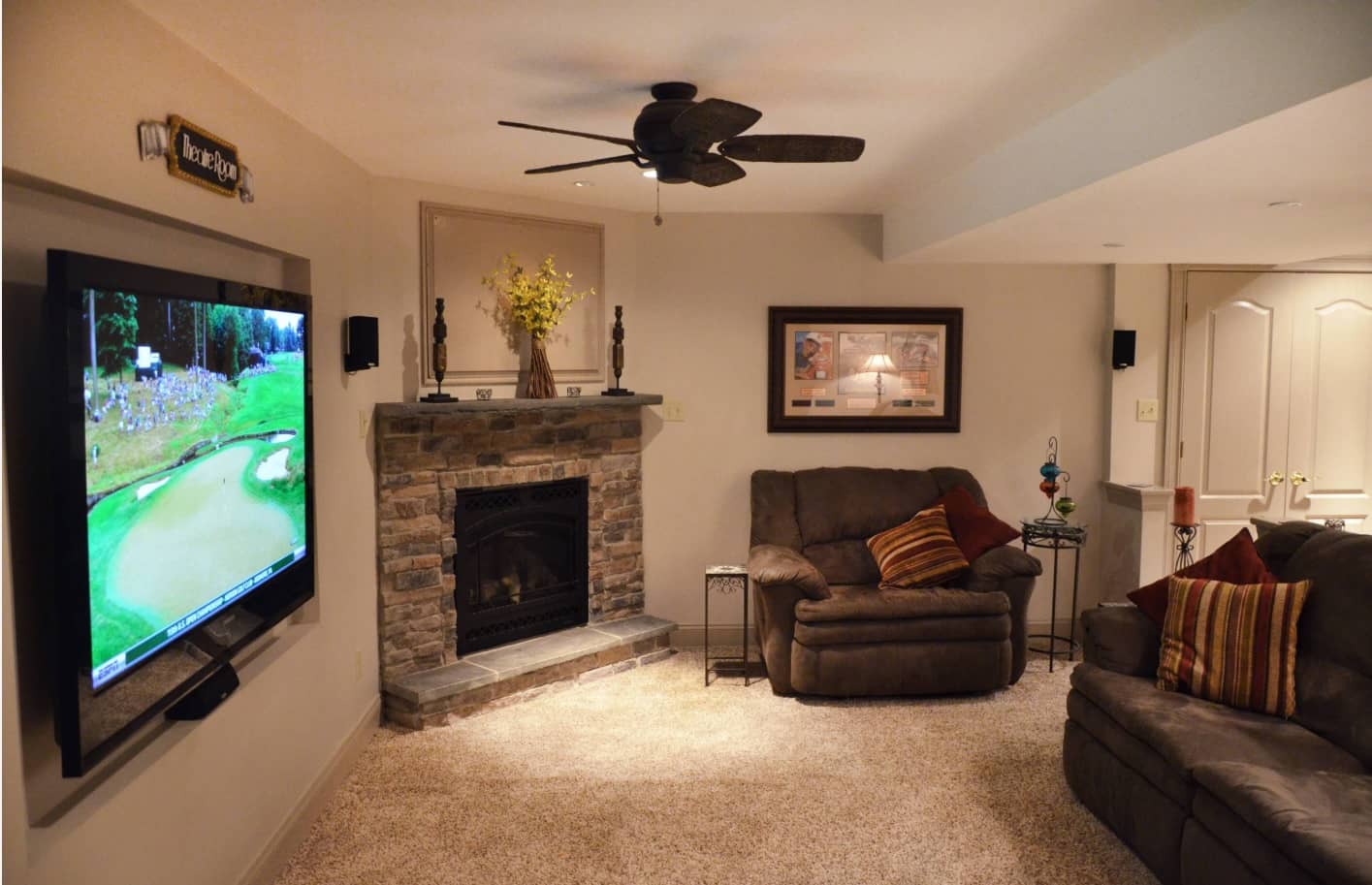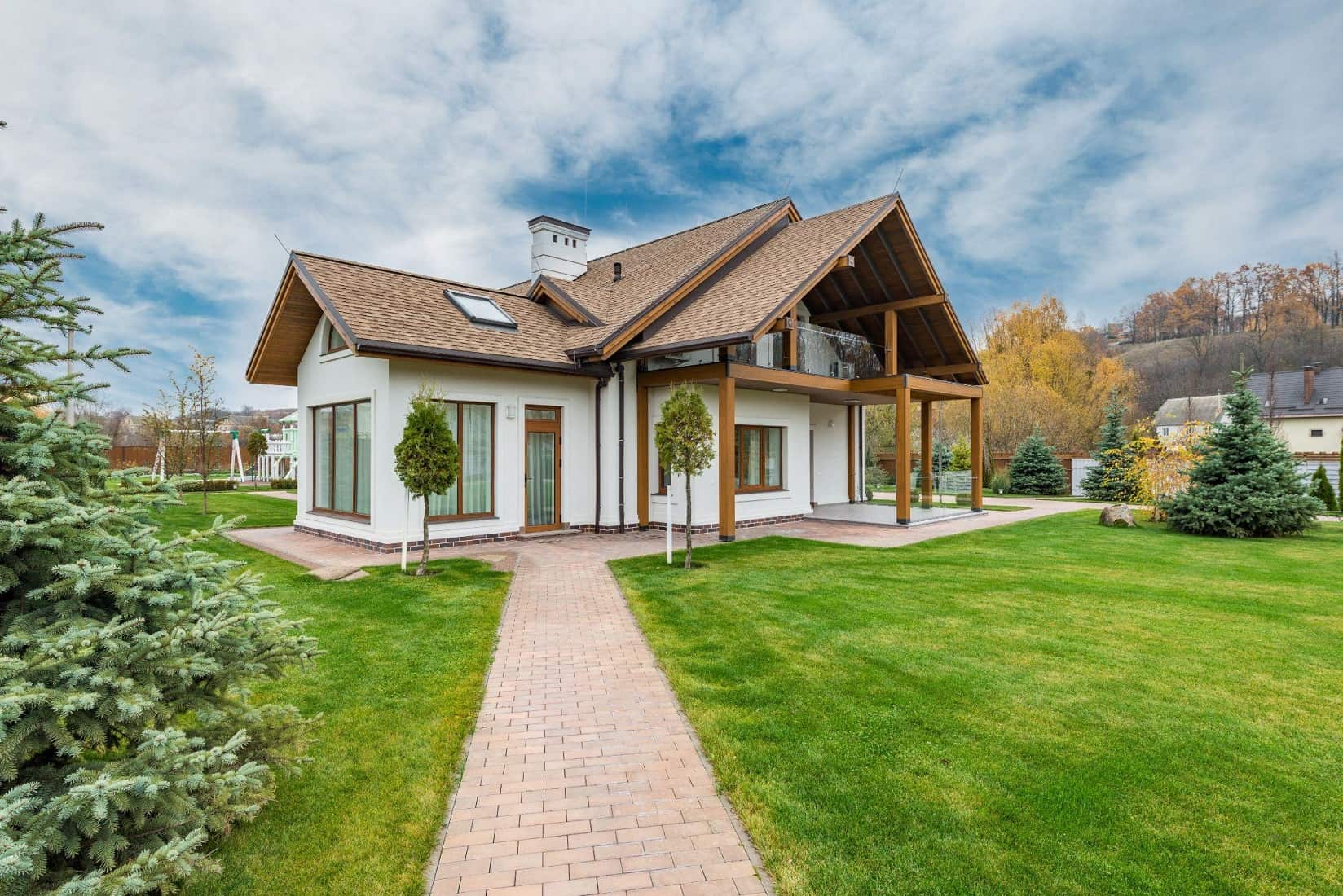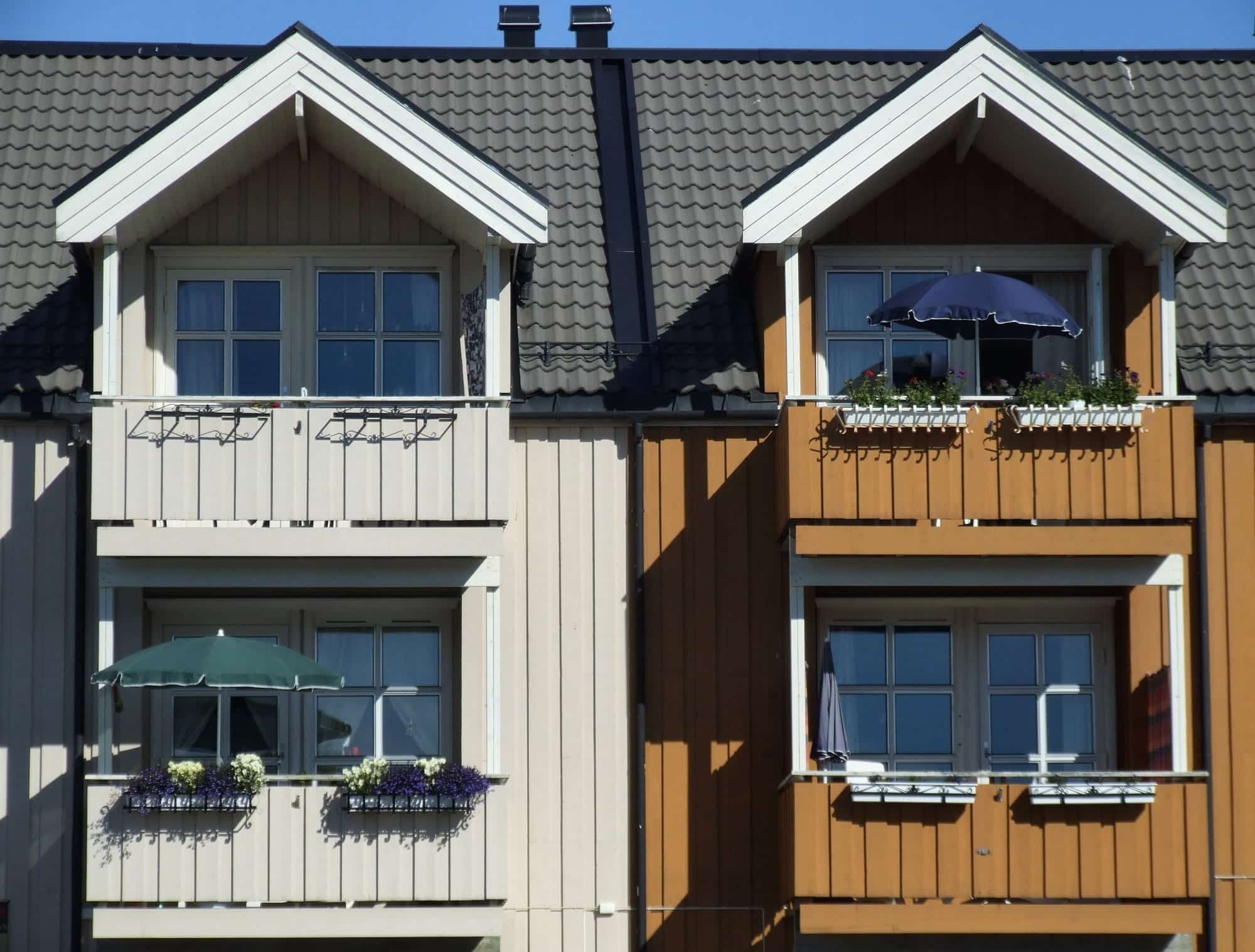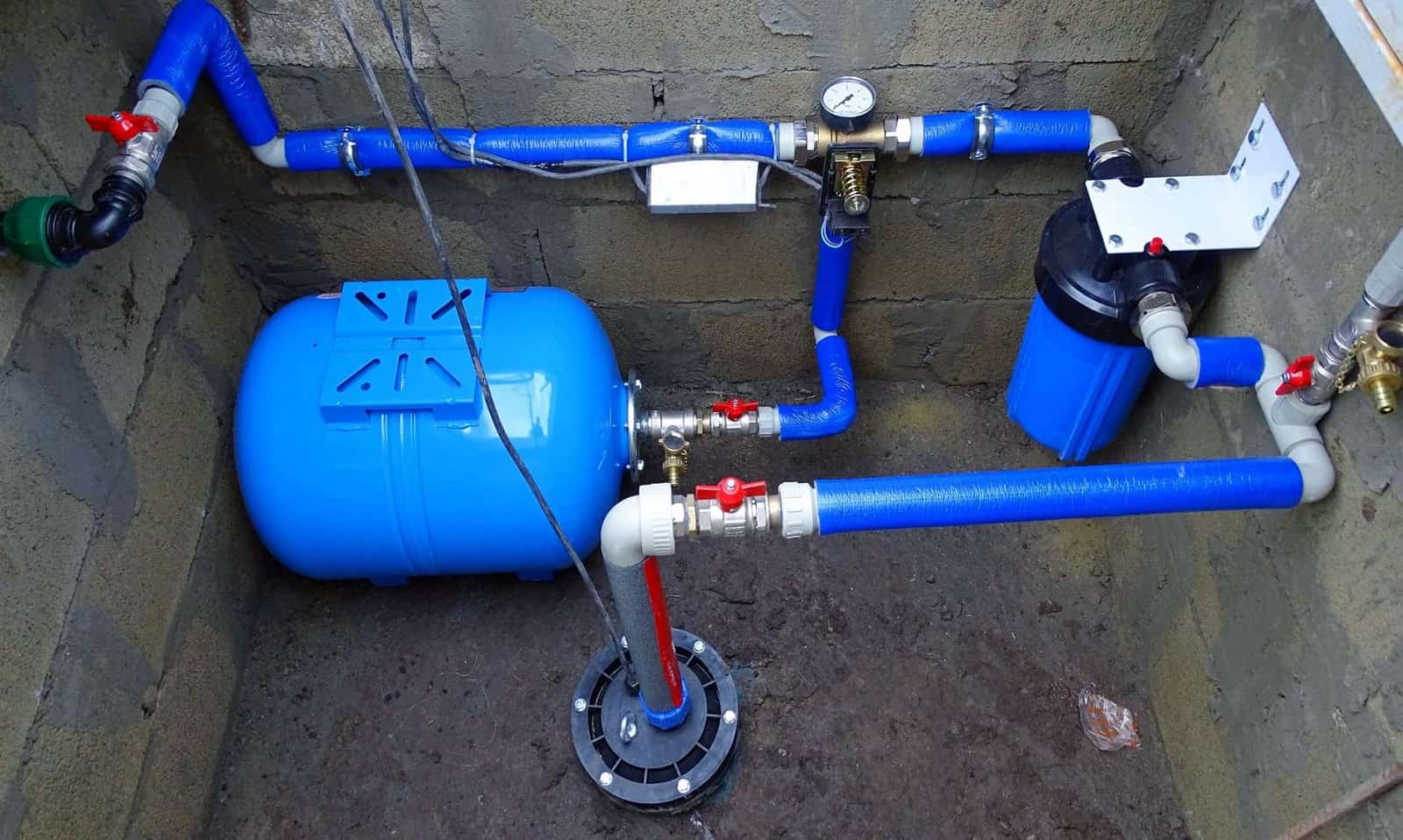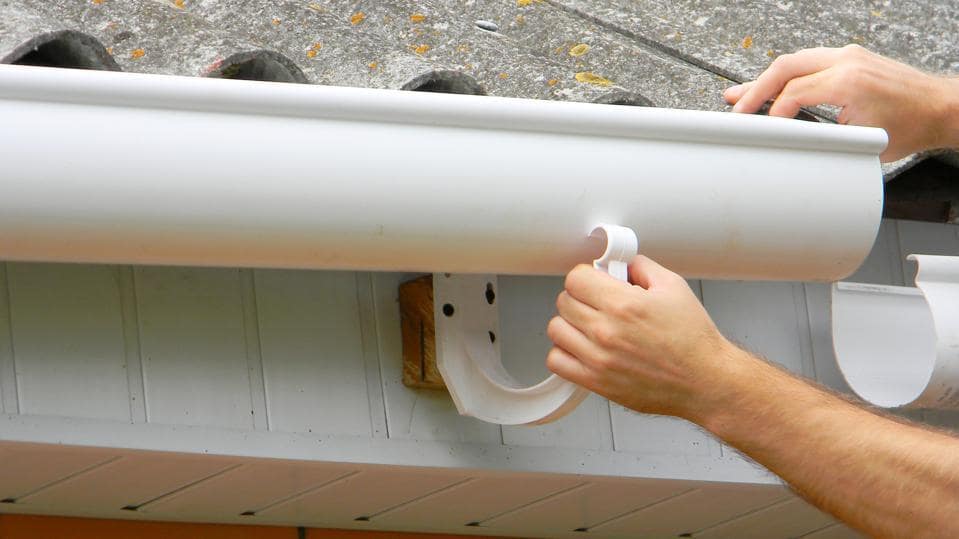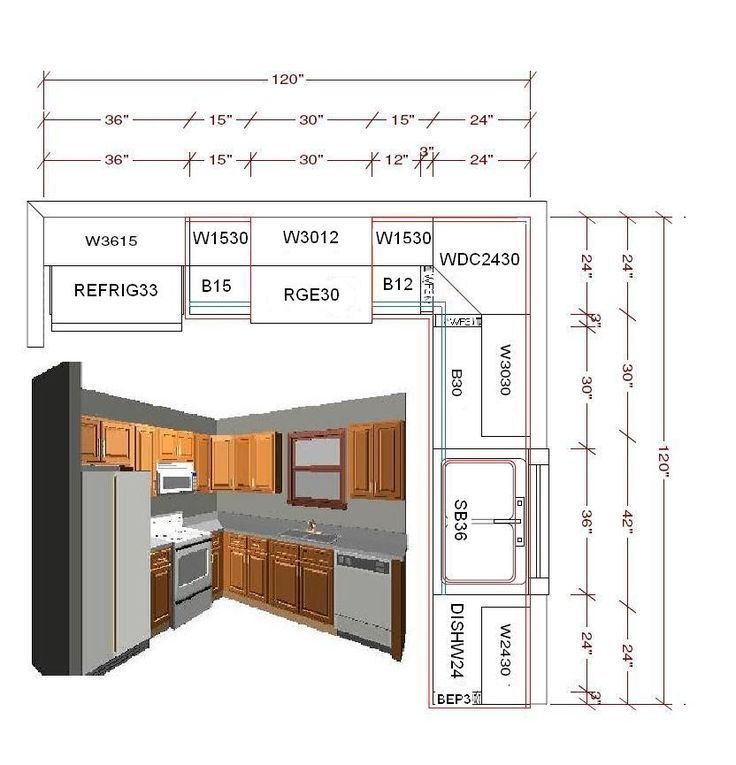Anyone, who plans to build a country house and make it the most useful, will find this article interesting. In most private houses, as a supplementary space, basements are used adapted for different purposes. We have already explored the possibilities of different room types arrangements in the basement. Today we continue to study the arrangement of basements, their varieties, features of laying, and application.
Contents:
Part 1. How to Finish a Basement?
Before its construction, hydrogeological exploration of the site will be necessary. Most often it involves drilling wells, the depth of which is not less than the depth of the expected basement, about 8-10 meters (9 yards) so that the groundwater does not reach the basement. If the groundwater level is quite high, it is better to build a ground floor with a depth of 1.2-1.5 m instead of the basement. What is its difference from the basement? The ground floor is supported by the foundation of the house, but it is not part of it, it penetrates into the ground only half the height of the elevated part of the house and can even have several windows. The basement is completely deepened into the ground as part of the foundation of the building. By the way, when planning the laying of the foundation, it is worth asking the neighbors the depth of their well, whether there is water in the basement in the spring and whether there are any deformations in the basement of the house.
In the finished building, the basement can not always be dug under the entire area of the house, often it is laid down selectively under one or several rooms. It should also be noted that it can not be done with a shallow base, a slab foundation, with a high groundwater level and high soil mobility. Only after assessing all the existing conditions of construction, you can take up the preparation of the basement.
What are the Main Works on the Arrangement of the Basement?
For daily needs, the basement of 2 meters deep is enough, since dampness, fungi and mold may appear in deeper space. Digging a trench, its walls should be necessarily compacted from rolling down the soil. Gravel and sand are poured in several layers at the bottom of the trench, after which they must be thoroughly tampered with.
The floor material is chosen depending on the purpose of the basement construction. Successful options will be cement and clay. Quite often, floors are made with a slope of a couple of cm per one running meter to prevent the accumulation of condensate. In one low corner make a pit for the accumulation of moisture.
For finishing the walls of this room, builders use various materials. Most often this is a wooden lining or plywood. Wooden materials are treated with an effective antiseptic and painted with paints that contain an antiseptic component before the installation. It protects the tree from rot and prevents the appearance of fungi.
To ensure the safety of the basement, the walls are made thick enough (30-40 cm), so that they will withstand the load of the ground on them. If the soil is loose, brick, rubble stone, reinforced concrete, rubble concrete, concrete are used for the walls. Cellar, the walls of which may not be connected with the foundation, can be the basement. For walls use brick, concrete, and reinforced concrete. Such a design may have different shapes, but the best is considered circular because it reflects the pressure of the soil on the walls.
Warming is a very important moment when arranging the basement, which is known to be the coldest and dampest among all the other rooms in the house. If you thoroughly warm the basement, there will not be a condensate problem in the heat, and in the cold, heat will remain for a long time inside the walls. Therefore, after finishing the work on waterproofing, you can first begin the process of floor insulation with expanded polystyrene, which is covered on top with plates made of asbestos cement. Since there is a lot of information about the harmfulness of asbestos, such plates can be replaced with basalt fiber plates (Superisol). These panels include quartz, quicklime, various oxides, and oxides, which makes these boards much ecologically cleaner than asbestos. They withstand over 1000 Celsius degrees of heating; have a fairly good bulk density, something over 200 kg / m3 (depending on the type). On the surface of the ceiling, the same expanded polystyrene is glued with liquid nails or universal synthetic adhesives.
You can also use mineral wool, which is mounted in the crate, pre-prepared from boards or metal profiles. To warm the basement, polystyrene is often used, but it is very fond of chewing by mice, so if there is no way to completely get rid of rodents, then it is likely that the foam will quickly become entirely worthless.
In the absence of air circulation in the basement, mold and fungi may appear. To ensure natural ventilation, make a vent in the socle, which is closed for the winter and opened in a warm season. Ventilation products are closed with grilles so that rodents can not enter the basement.
When the site is dry ground and groundwater is below the building, make a double coating of warmed bitumen walls. If the soil is wet, then the walls need to be pasted with a bituminous waterproofing or a polyethylene film. If the building is below the groundwater level, the floor is made monolithic, and the walls are covered with layers of roofing material and polyethylene film from the outside.
In addition to waterproofing, it is important to think about good ventilation. When constructing walls, ventilation pipes are usually inserted, the outlets of which are located on the outside to ensure the ingress of fresh air. The top of the pipes is covered with conical shaped tops. The minimum pipe size is 140 * 140 mm. We reviewed the natural ventilation, but you can also make an artificial one, but this way is expensive because it requires special equipment (ventilation system).
As you can see, the laying and finishing of a basement floor is not such a time-consuming exercise, which, moreover, allows you to expand the useful area of the house and diversify its functionality. Given the above tips, you can equip your basement with the upper rationality and high quality.
Part 2. How to Finish a Basement? Practical Advice
Decorate the floor, ceiling, and walls only after thoroughly cleaning and drying the room. You, of course, can paint the walls covered with mildew with paint, but in that case, the basement’s finish will not last long. Before proceeding with the finishing works, care should be taken to protect the premises from water and frost. Therefore, the very finishing of the basement of the house begins with waterproofing and insulation, as well as the establishment of all communications.
Walls
Walls can be covered with gypsum plasterboard with water-repellent properties. It is mounted on a metal frame.
Walls are better plastered with cement mortars instead of gypsum. And for decorative finishing, mineral plaster or water repellent paint is suitable.
Before beginning the finish of the basement at home, carefully seal all cracks and damages in the walls. After it, treat them with an antifungal antiseptic. Closely monitor the quality of the waterproofing. Otherwise, after some time, damp and moldy spots may appear in the room.
Floor
The finishing of a floor in a cellar of the house means a coupler on which it is possible to lay a warm floor system or to lay a fair covering. Before laying the cable to heat the floor, base the base with a heat-insulating material, otherwise all heat will go to the ground.
In addition, wires, sewer, and water pipes, etc. can be hidden under the floor. However, in this case, consider that in the event of a breakdown, you have to disassemble the entire floor.
For the floor covering, wood species that are insensitive to the possible level of moisture are used. It is better to choose hardwoods.
If the interior of the basement is made in bright colors, and you want to make the floor in the same style, use tiles or carpets. It is not recommended to lay artificial carpet on the floor. In the case of increasing humidity, it will be very difficult to dry it. If the carpet is not dried, mold may appear on it.
Lighting
Lighting in the basement also has its own special features. Due to the lack of windows, a higher intensity of artificial light is required to create a comfortable atmosphere. As one of the options, it is possible to install several spotlights in the ceiling. It is very convenient when you can adjust the level of illumination due to the switching off of some light sources.
In addition to the ceiling light in the interior, use floor lamps or table lamps. They make it convenient to read books or knit, without interfering with others.
There is such a design trick as “light wall”. It protects against the psychological discomfort associated with the lack of windows. The principle of its action is to create the illusion of a large window. As a result: the brain is deceived, and there is no unpleasant sensations that appear due to a feeling of enclosed space.
The Color Design of the Room
The interior of the basement plays a key role in the perception of the room. Light walls and ceiling can visually enlarge the space and create a comfortable relaxing environment, and a bright color accent will help to allocate a certain zone. Designers say that the use of light colors can reduce the feeling of discomfort in rooms with poor natural light to a minimum.
Hang a few paintings on the walls. With a dark frame on a light background of the walls, they are very harmoniously fit into the interior. You will see how the room immediately becomes cozier. If you have a very large basement and you decide to make a multifunctional room in it, instead of using partitions, combine several color shades. In the working area, give preference to green color, as it promotes mental activity, and in the recreation area, limit yourself to soft tones.
Dark colors can focus on some subject of the interior. For example, you can highlight a fireplace or a niche in the wall with a decorative vase. Do not use dark color as the primary color. It will visually make space smaller and create a depressing environment in a room without windows.
A few more Design Tricks
- Here are a few tricks that you can use to finish the basement:
- To visually increase the height of the ceiling, use vertical drawings on the wallpaper.
- The ceiling itself can be made multilevel, using for this glossy tension structures. At low ceilings, use not bulky low furniture. Thus, the sense of closed space
will be gone. - If the basement of the house has a small area, you can expand the space with the help of mirrors.

